Cavity filling is only one of many dental procedures. Its goal is to restore the normal function of the damaged tooth and prevent its extraction. Cavity filling is a standard procedure and a treatment modality for tooth cavity. This dental illness is caused by bacteria. Bacteria are very potent microorganisms and they are able to damage the hard enamel and inner tissues of the tooth. It is best to treat dental cavity in its initial phases. This way further damage to the tooth and possible complications can be successfully evaded. The most serious complications of neglected dental cavity are tooth infection and tooth loss.
When is Cavity Filling Performed?
Dental filling is performed only if a dentist finds the signs of tooth cavity after examining patient's teeth. This is why it is essential to have regular appointments with a dentist. This way tooth cavity can be identified and treated on time. So, in initial stages of dental cavity there are no symptoms and signs and the illness can be only finding during routine examination. On the other hand, dental cavity may progress over time and cause serious damage to the tooth. Once the tooth pulp rich in blood vessels and nerves are affected a patient will complain about frequent tooth pain that will particularly intensify by cold or hot foods and drinks. In severe cases the pain may be excruciating and drive patients to visit their dentists right away.
Cavity Filling Types
Cavity fillings vary in both, the material they are made of and their price. Silver or amalgam filling, gold filling, porcelain filling and composite resins are only some of cavity fillings. The filling made of gold is most convenient since it is most durable and does not cause any reaction of the gums and nearby tissues. In spite of its positive characteristics people usually do not opt for gold filling because they are quite noticeable. Composite or porcelain fillings, on the other hand, may look more natural and they can be even matched with the color of patient's teeth. The most expensive are gold and porcelain fillings.
Cavity Filling - the Very procedure
Cavity filling goes through two stages. In the first one the dentist removes the decayed part of the affected tooth. Once the tooth has been properly cleaned the dentist performs filling with most suitable and affordable cavity filling. Prior the actual filling of the tooth the dentist puts a specific liner in the affected tooth. This liner helps the tooth to overcome sensitivity. Furthermore, the liner may promote restoration of the lost tooth part. In case of deep cavity the dentist first places a base material and then fills the tooth. Some people require local anesthesia which numbs the tooth, adjacent gums and nearby mouth parts while others refuse to be given anesthetics and undergo procedure rather courageously.




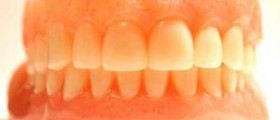


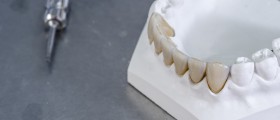
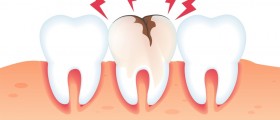


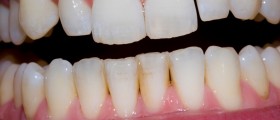



,-Don't-Ignore-Receding-Gums_f_280x120.jpg)

Your thoughts on this
Loading...